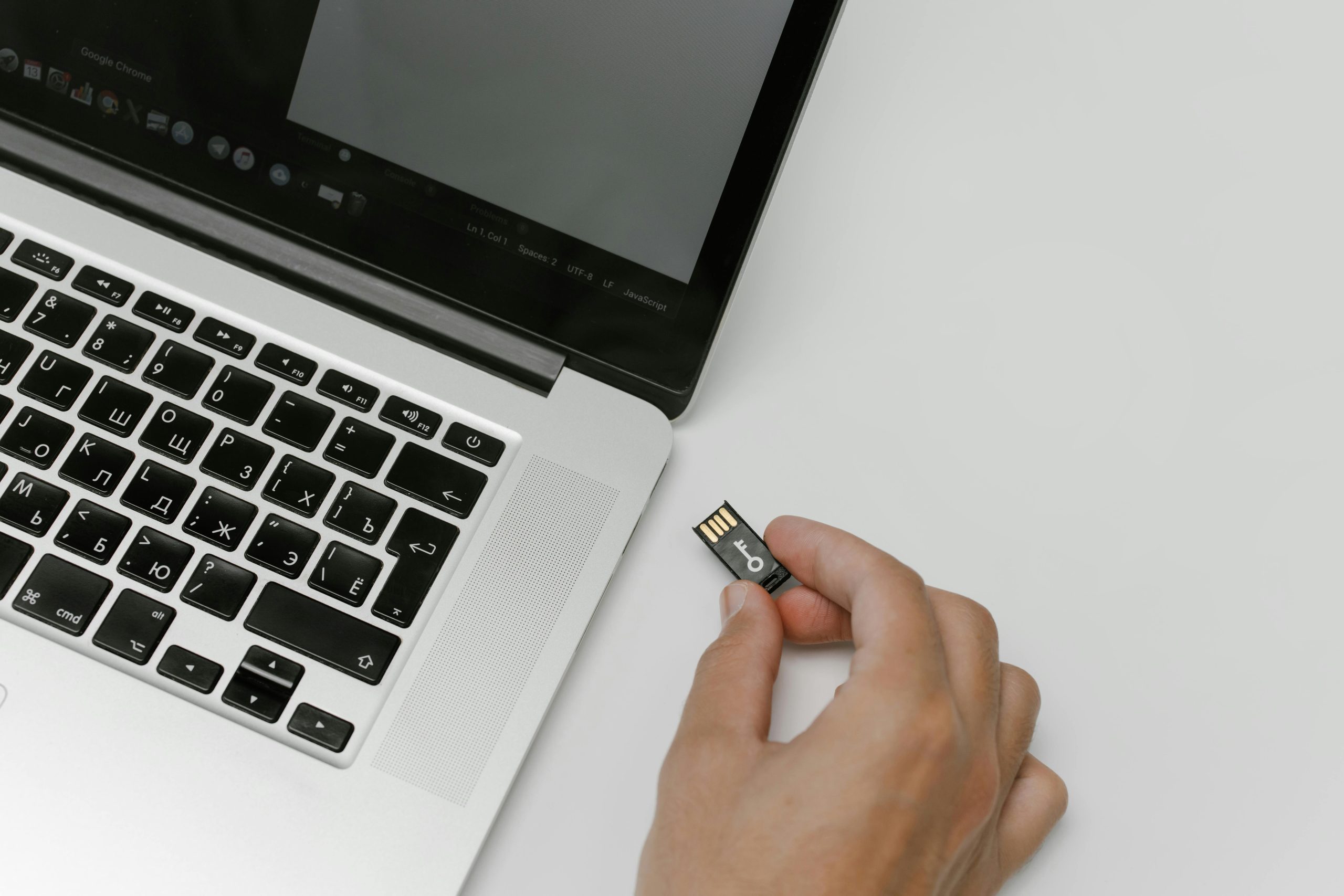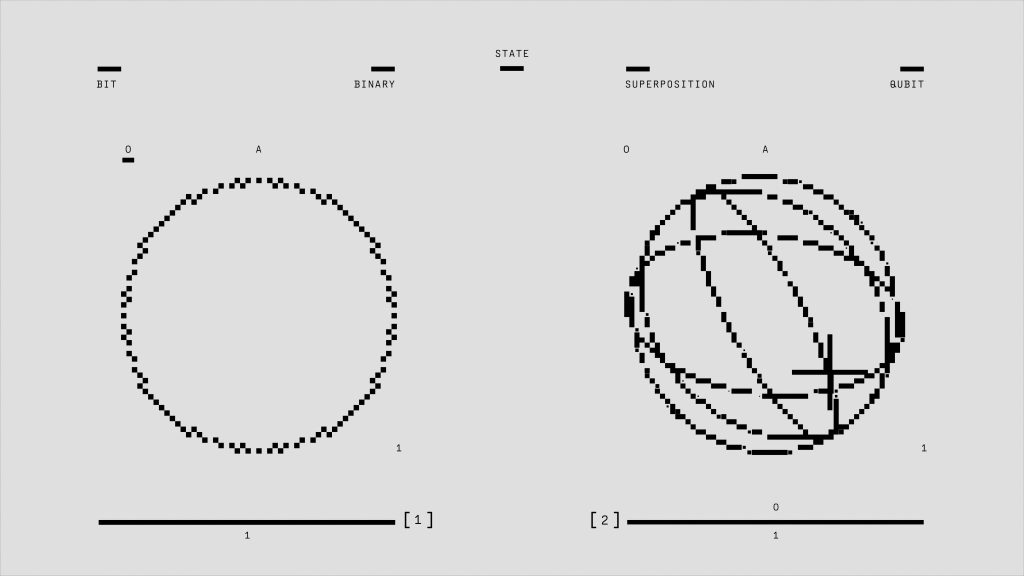Troubleshooting a Malfunctioning Nvidia 3060: Seeking Solutions
As an IT professional, encountering technical challenges is an everyday scenario. However, even seasoned techies can find themselves stumped at times. Recently, I purchased a used laptop equipped with an Nvidia 3060 graphics card, which functioned flawlessly for the first two weeks. Unfortunately, it has now ceased to perform as expected.
In my efforts to resolve this issue, I have taken several steps, including:
-
Updating Drivers: I began by reinstalling the GPU drivers to ensure they were up to date. Despite these attempts, the problem persisted.
-
BIOS and Windows Updates: I explored BIOS updates in addition to reverting both BIOS and Windows updates to see if this could restore functionality.
-
Driver Management: I uninstalled the current drivers, reverted to older versions, but unfortunately, results remained unchanged.
-
Reinstalling Windows: As a last resort, I performed a complete Windows reinstallation, including reverting to an earlier version, but to no avail.
While the device manager recognizes the graphics card without issue, no other programs are able to detect it. This has left me puzzled, and I am reaching out for any insights or potential solutions.
If anyone in the community has experienced a similar dilemma or has expertise in troubleshooting Nvidia graphics cards, your advice would be greatly appreciated. Let’s tackle this together!
Share this content:




Thank you for sharing your detailed troubleshooting steps. Based on the symptoms you’ve described—device recognition in Device Manager but inaccessibility to other programs—it appears to be a driver issue or a potential hardware conflict.
Here are some additional steps you might consider:
If the above steps do not resolve the problem, it may require professional hardware diagnostics